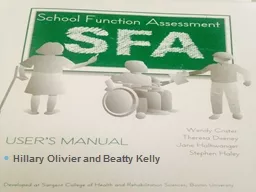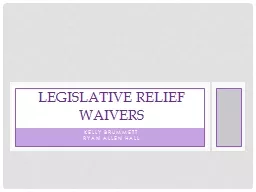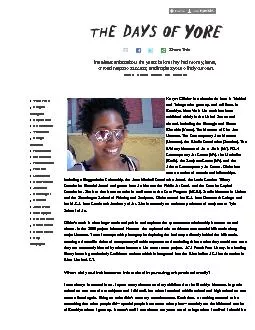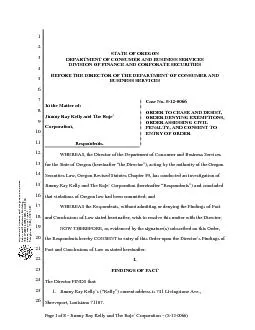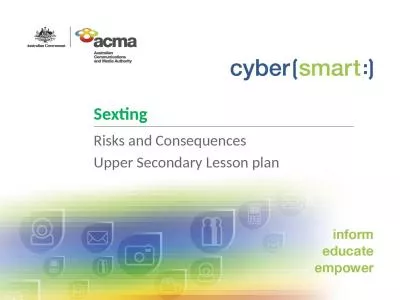PPT-Hillary Olivier and Beatty Kelly
Author : phoebe-click | Published Date : 2017-08-27
Key Characteristics Judgment based Completed by teachers school professionals in 3 parts Participation Task Supports Activity Performance Measures a students performance
Presentation Embed Code
Download Presentation
Download Presentation The PPT/PDF document "Hillary Olivier and Beatty Kelly" is the property of its rightful owner. Permission is granted to download and print the materials on this website for personal, non-commercial use only, and to display it on your personal computer provided you do not modify the materials and that you retain all copyright notices contained in the materials. By downloading content from our website, you accept the terms of this agreement.
Hillary Olivier and Beatty Kelly: Transcript
Download Rules Of Document
"Hillary Olivier and Beatty Kelly"The content belongs to its owner. You may download and print it for personal use, without modification, and keep all copyright notices. By downloading, you agree to these terms.
Related Documents

